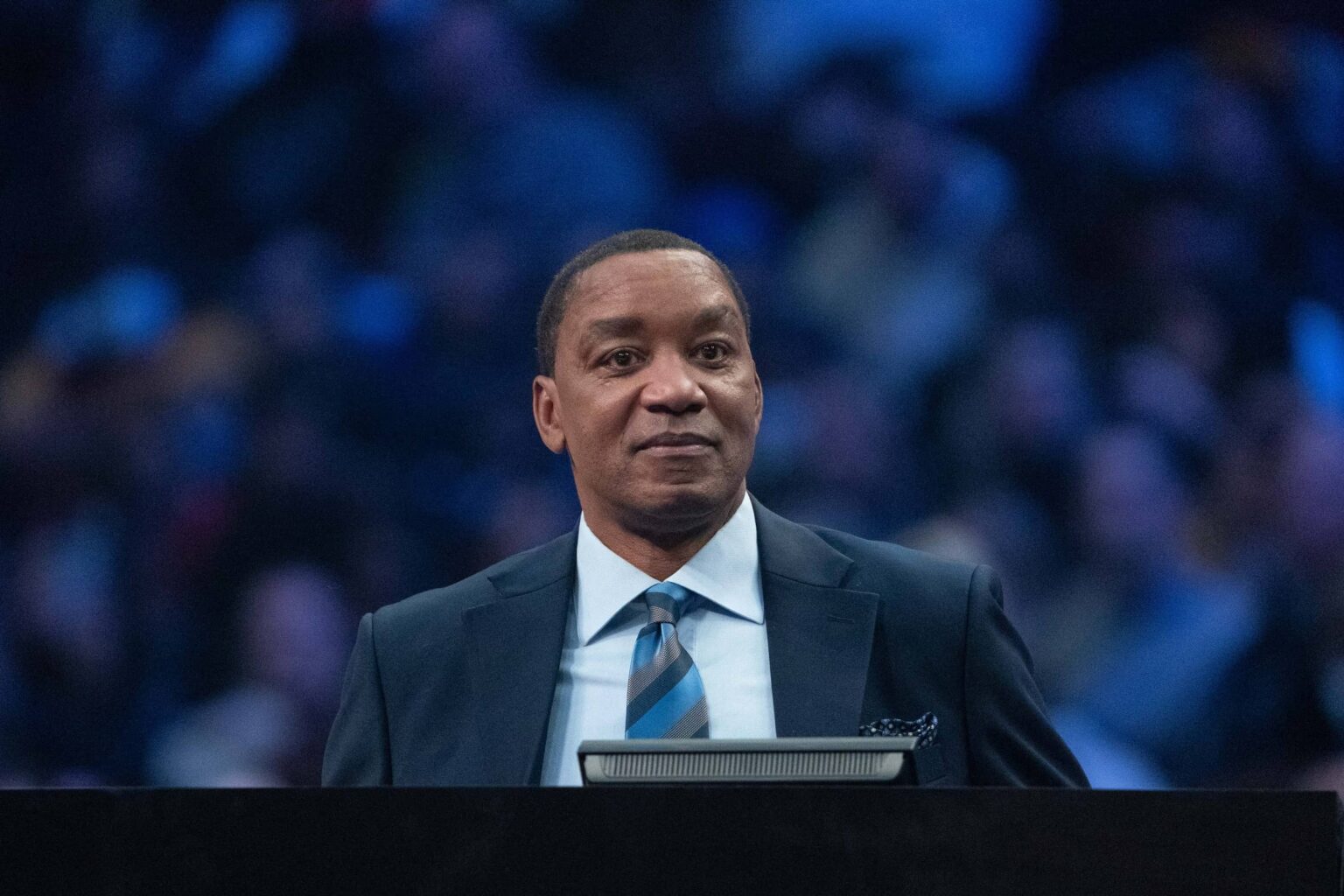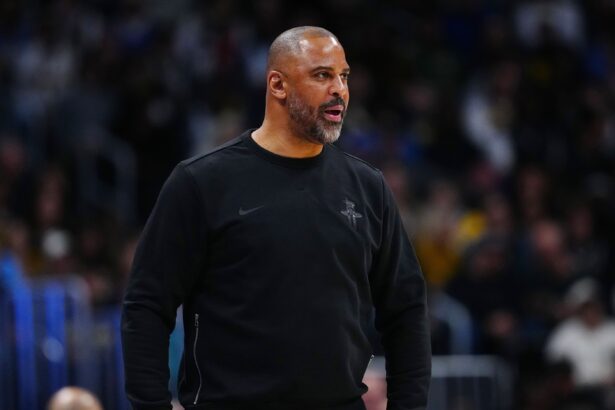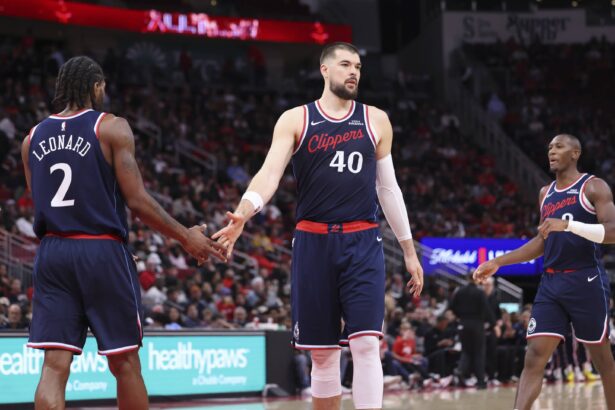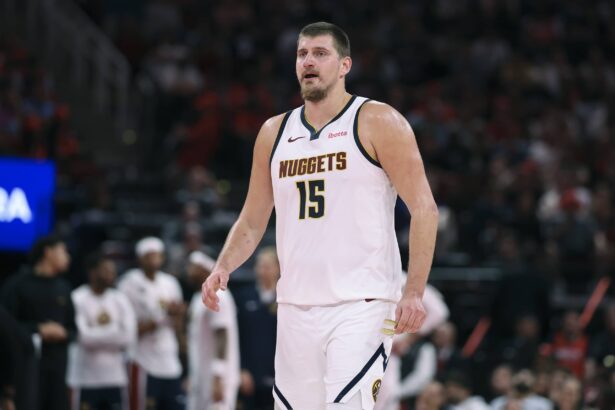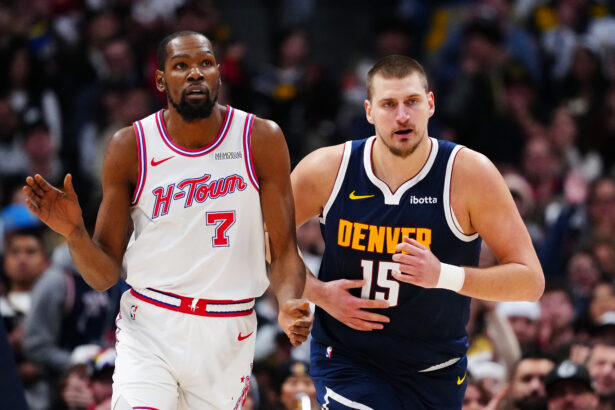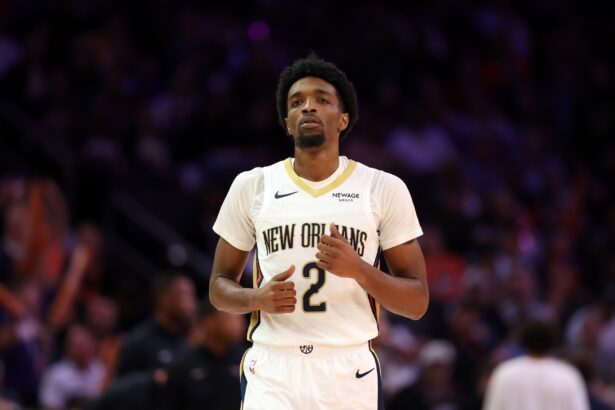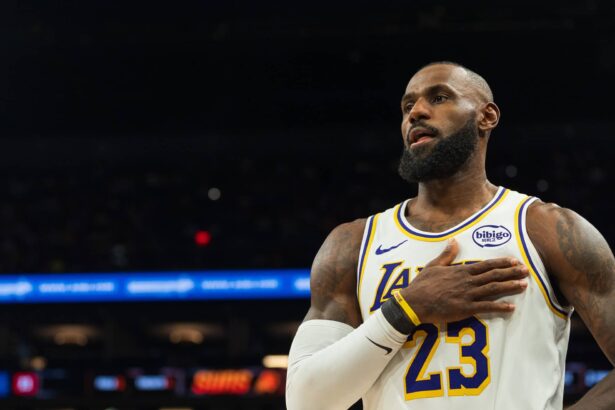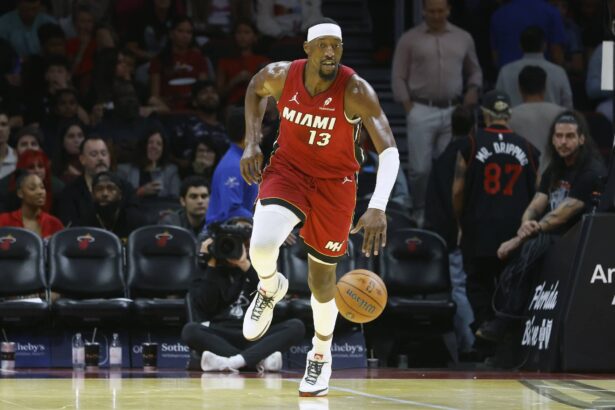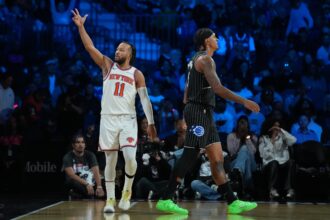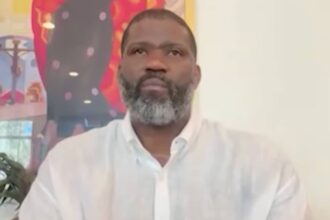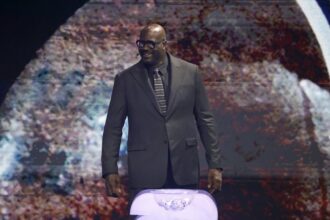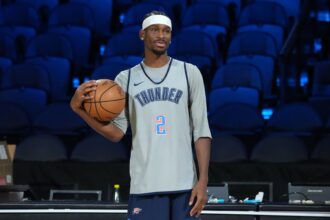Isiah Thomas recently shared his sharp critique of today’s NBA, humorously narrowing down the essential skills required to succeed in the league to just three. Speaking on the Come And Talk 2 Me podcast, the Detroit Pistons legend and Hall of Famer sarcastically remarked:
“If you can shoot the three, and you can make a layup, and you can make a free-throw—that’s what offense is today. You gotta be able to shoot the three, make a layup, maybe make all your free throws. You can miss some. With those three things, you can be in the NBA.”
“You don’t need to know how to make a midrange, that’s just a waste of a shot.”
Thomas’s pointed comments reflect the growing sentiment among many former players, analysts, and fans that the modern NBA has become overly reliant on three-point shooting, reducing the diversity of offensive strategies.
This observation underscores a broader critique of today’s game: the emphasis on three-point shooting and rim attacks has relegated the mid-range jumper to a relic of the past.
Thomas’s remarks reflect a common concern that the NBA has become too one-dimensional. The reliance on analytics has led teams to prioritize efficient scoring methods—three-pointers, layups, and free throws—at the expense of a more varied offensive approach. This evolution has blurred traditional player roles, forcing even big men to develop perimeter games to stay relevant.
The emphasis on shooting threes has dramatically reshaped the game. Players who specialize in other skills often struggle to find roles unless they can reliably shoot from deep. While there are exceptions—dominant interior players like Giannis Antetokounmpo or Nikola Jokic—the majority of players must adapt to this new reality to earn minutes on the court.
While this display of long-range marksmanship was thrilling for some, it also highlighted the league’s current identity: a barrage of deep shots that can overshadow other facets of basketball.
While Thomas’s comments are hyperbolic, they resonate with a growing audience that longs for a more balanced approach to the game. Critics argue that the reliance on threes risks alienating fans who miss the artistry and strategic diversity of past eras.
Thomas’ criticism of current NBA strategies aligns with the league’s drastic shift in shot selection. Comparing the 2003-04 season to the 2023-24 season, the contrast is stark.
https://www.instagram.com/p/p:C6ocpV5sc3o
In 2003-04, most shots originated from the post, mid-range, elbows, and smaller clusters around the corners, wings, and top of the key for three-pointers. In 2023-24, shot locations are almost entirely concentrated in the paint and along the three-point arc. The mid-range, high post, low post, and elbow areas are virtually abandoned, reflecting a league-wide shift driven by analytics emphasizing efficiency.
Despite all these changes—both tactical and officiating-related—modern NBA offenses haven’t reached the historic efficiency one might expect given the emphasis on three-point shooting. As Gilbert Arenas and others have pointed out, simply taking more threes doesn’t inherently lead to a historically great offense.
While the three-point revolution has reshaped the league, the results are paradoxical. None of the top eight scoring seasons in NBA history belong to the three-heavy modern era. Instead, the 2022-23, 2023-24, and 2024-25 seasons rank ninth, tenth, and eleventh respectively. This statistical reality suggests that the reliance on threes hasn’t translated into the monumental scoring leaps many anticipated.
As the NBA continues to evolve, it’s clear that this “three-point revolution” isn’t going anywhere soon. Players, coaches, and teams have embraced this style, optimizing their strategies to fit the analytics-driven landscape. While figures like Isiah Thomas may lament the loss of the mid-range and the diversity of past playstyles, today’s NBA is a testament to the league’s constant evolution.
Thomas’s critique reminds us that basketball, like any sport, is shaped by trends and cultural shifts. Whether the pendulum swings back toward a more balanced game or the three-point era solidifies its dominance, one thing is clear: conversations like these keep the passion for the game alive.
Isiah Thomas On Why LeBron James Is Still Dominating
Isiah Thomas recently weighed in on LeBron James’ incredible longevity during an appearance on Mark Jackson’s Come and Talk 2 Me podcast. Thomas, a two-time NBA champion and leader of the Bad Boy Pistons, reflected on how the modern era of basketball allows LeBron to dominate at the age of 40, something Thomas believes would not have been possible in his time.
“If I’m 22, and I’m playing against a 40-year-old, dude, he got no shot.”
He and Jackson lamented the reduced physicality in the game, pointing out that older players in their era were rarely able to compete at the highest levels.
Thomas specifically highlighted the difference in physicality between eras. He noted how the Pistons’ “Jordan Rules” strategy—intensely physical defense aimed at limiting Michael Jordan—would have been a significant obstacle for any player, let alone a 40-year-old. LeBron’s era, with its restrictions on physical play, allows for a less punishing style, giving players like him an extended window of dominance.
That said, LeBron’s achievements at 40 remain unparalleled. Averaging 23.5 points, 7.9 rebounds, and 9.0 assists this season, his ability to maintain peak performance after two decades in the league is unprecedented.
Thomas acknowledged LeBron’s meticulous care for his body, a far cry from the lifestyle of players in the 1980s and 1990s, who often traveled on commercial flights and lacked access to today’s advanced training methods.
While critics argue that the modern game is less demanding, LeBron’s consistency and longevity remain remarkable. Could he have succeeded against the relentless physicality of Thomas’ Pistons or Jackson’s Knicks? Perhaps not at the same level, but his unique talent would have found a way to thrive. Whether in the past or present, LeBron’s greatness is undeniable.
Thank you for being a valued reader of Fadeaway World. If you liked this article, please consider following us on Google News. We really appreciate your support.

